Mission Engineering EP-1 Expression Pedal [Exciting, Deep] Review
As with all of Mission Engineering's arsenal of gadgetry and stompable FX weaponry, the EP-1 is built to last; and it does so with style! I guesstimate that over 98 percent of the pedal is fabricated from solid metal. The couple of non-metallic parts are made of strong, commercial-grade plastic that bears absolutely no similarity to the kind found in a $50 device. Oh, since we've discreetly stepped into the topic of lucre, let's note that Mission's products are not cheap. They aren't cheaply made. They aren't cheaply shipped. They don't house cheap electronic componentry. As such, the EP-1 certainly does not fall into impulse purchase or thoughtless GAS (Gear Acquisition Syndrome) territory - it retails for $149 US Dollars.
When compared to the price tag affixed to an M-Audio EXP, or a Roland EV-5, you might gasp in a brief moment of sticker shock; however, even a few minutes of usage will assure you that a Mission Engineering pedal is definitely worth the extra coinage. It’s also worth highlighting that Mission’s Made in USA build quality is top-notch, to boot!
A Company on a Mission:
It’s a fair assumption to think that most boutique builders start out with the intention of filling a specific niche, or to fulfill a need that isn’t being addressed by current market offerings. Mission Engineering could be considered a case in point. Although Mission has never really tried to sell itself as a “boutique” company, it nevertheless can by definition be considered as such. Established 2009, Mission Engineering started working from out of founder, James Lebihan's, home garage in Petaluma, California. The emerging company’s first “product on a mission” was their Mission SP-1, an innovative switching expression pedal designed to work with the new generation of digital amplifiers and effects. We hear a lot of buzz and hyperbole now-a-days about boutique effects, instruments, accessories, and such – especially within the guitar slingers’ community. While it is true that many of these so-called boutique offerings are well constructed from premium materials, and boast nifty features that outshine those of the bog-standard variety found on retail shelves, they aren’t always truly boutique in the strictest sense of the word. Examples of a departure from boutique status to mass-produced retail lines are companies such as: Wampler, JHS, and Strymon.
Eschewing the common practice of utilizing the most cost effective, (read: cheapest) shipping materials from overseas, the EP-1 comes double-boxed in a durable shipping carton. The packaging alone immediately gives one a sense of confidence that we’re dealing with some top grade stuff here. You won't find any of that flimsy, cheap, barely-thicker-than-a-greeting-card stuff that many so-called budget products come packaged in. The actual product box that I received is a thick-walled, plain white box that securely holds its precious cargo in place with absolute minimal slippage. Plainly stamped on the box are the comforting words of quality assurance: “Made in USA” - I suspect that holds true for both the contents and box alike. *Wink.
Build Quality & Form:
I've nicknamed my EP-1, "The Little Sherman Tank". Weighing in at just a little over three pounds (3 Lbs.), the EP-1 has some strapping, muscular heft to it. Go ahead – give it a good shake, but you won’t hear (or feel) any loose, rattly bits. The all-metal chassis shows off smooth, graceful lines and exudes a strong, athletic carriage. Mission Engineering often builds their pedals on a per order basis, offering the EP-1 in few different colours and finishes: black, red, silver and green. I think it’s fair to say that this pedal gives off a decidedly vintage vibe, reminiscent of a classic Crybaby or maybe an old Vox volume pedal. In any case, although it could never be accused of being a gussied up piece of bling, the EP-1 is a darn good lookin’ specimen! My particular unit stands at attention dressed-up in a green matte finish that has an almost powdered texture. I didn’t actually want to mar or scratch it, but for my investigation’s sake, I did tap all over the chassis with a medium-sized, hard plastic screwdriver handle. I’m happy to report that there were no resultant chips, marks, or dents. In all fairness, I do not suspect that most buyers would be so careless as to toss this artful piece of sculpture into a dusty gig bag, where it could get knocked against old stomp boxes and metal guitar jacks. Nevertheless, just in case someone were foolish enough to do so, the finish seems to be quite hardy and impervious to accidental mishandling.
The pivoting ‘gas pedal’ treadle is highly slip resistant thanks to a thick, treaded rubber pad that pretty much covers the entire top surface. Of course, Mission’s unmistakable logo crowns the upper portion of the pad, adding a spiffy, yet austere appearance. In keeping with the anti-slip theme, we find a quad set of sturdy rubber feet on the bottom of the expression pedal – and don’t you know, they’re the good gripp-y kind.
Thank you for the explanation, Mr. Shedden, but this is the juncture where I will offer up my frame of thought on the matter. When I compare the pivot range of the EP-1 to that of an old Morley Wah®, or my 25 year old BOSS FV-300L volume pedal, it feels slightly too shallow – making it a bit tricky to execute small expression movements. Of course, as the netizens like to say, YMMV (Your mileage may vary). I would estimate the Mission EP-1 to have a pedal sweep comparable to that found on a bog standard Dunlop Cry Baby wah pedal.
Guitar FX Yes, But What About MIDI Keyboards?
I suspect that Mission Engineering pedals are more commonly found on guitar players' pedal boards, than under keyboard racks and piano stands. Notwithstanding, it has traditionally been keyboardists whom have utilized expression pedals for a lot longer than guitar slingers have. Using auxiliary expression devices to manipulate guitar-oriented digital stomp box FX parameters is something that has really only come into vogue over the past decade or so; whereas keyboardists and synth players have been hooking expression pedals up to their Yamahas and Rolands (and Viruses, Nords, and et cetera) over the past three decades or longer. Unfortunately, a great many of the familiar expression pedals used by keyboardists are not known to be especially durable or highly accurate. It's not my intention to bash any company's product(s), but I suspect that there are many others, like myself, who were forced to replace their Roland FV-5, Yamaha FC-7, M-Audio EXP, or other, because the pedal just didn't hold up well under steady use. I know with absolute certainty that Mission Engineering produces extremely well-made, long lasting devices on account of my exposure to the Mission SP-H9 **. What I haven’t had first hand experience with, is whether or not Mission expression pedals play nicely with MIDI keyboards. >> Click here to check out my in-depth Mission SP-H9 Review << Keyboard 1: Native Instruments Komplete Kontrol A61
I have three MIDI controller keyboards that I can test the EP-1 with: An Arturia Keylab 61 (1st gen), an Arturia Keylab 61 MKII, and a Native-Instruments Komplete Kontrol A61. I’ve been using my Native Instruments keyboard the most of late, so it was the one that was already set up and connected to my primary DAW PC on the day that the courier delivered the EP-1. I carefully, but excitedly, removed the little green "Sherman Tank" (my nickname for the EP-1) from its carton and connected the anxiously awaiting TRS cable that hung from the pedal port of my NI keyboard. I proceeded to fire up Studio One Pro 5 and instantiated an instance of AudioModeling's Tenor Sax v3. With great anticipation, I pulled the pedal back to full 'heel' position in preparation for some dynamic and expressive saxophone emulation.
But . . . Nada! No joy. The expression range went from 0 to 60 with just the slightest twitch of my ankle. Worse still, there was no further change in expression until the pedal sweep reached 80 percent of the way forward to its full 'toe down' position, at which time the degree of expression sprang to 100 percent. Sugar Snaps! Dagnabbit! I knew without a shadow of a doubt that all three of my MIDI keyboards were supposed to work with pretty much any standard expression pedal that incorporates a 10k ohm potentiometer. This is exactly what the EP-1 provides - and it just so happens that it does so with a top-tier Dunlop linear pot (TRS tip to wiper). "Hmmm, what if the TRS termination needs to be reversed?", I mused. Since the EP-1 doesn't provide any kind of physical TRS configuration switch, off I went into the Komplete Kontrol software to bring up the MIDI Control Editor.
Keyboard 2: Arturia Keylab 61 MKII
Nuthin' to see here folks, just move along . . .
Seriously though, the information I'd received from Arturia's tech support agent, Leo, was spot on. Having read plenty of rumblings and grumblings on quite a few online forums concerning Arturia keyboards’ finickiness with various expression pedals, the lads at Mission Engineering and myself felt that it would be wisest to check into device compatibility between the Keylab 61 and the Mission EP-1. Here's what Leo, from Arturia, apprised me: Hello Brother Charles, thank you for reaching out to us. You'll find some information regarding the different expression pedal wiring you may find on the market and their compatibilities:
Both the Arturia MIDI Control software and Native Instruments' Komplete Kontrol application facilitate assignable midi minimum and maximum values. Personally, I consider this to be a very convenient feature owing to the fact that there are times when it is actually counter-productive to have the full range of 0 to 127. An example of this is when I'm controlling AudioModeling's Saxophone v3 VIs with my midi keyboard - keeping the minimum value of "0" actually can make the virtual instruments quite fiddly and over sensitive. If I set a minimum value of 25 or 30, I still have loads of expression on hand (er, underfoot that is), but I don't accidentally silence the saxophone's output. *Wink.
On a scale of 1 to 10, it is this reviewer's honest-to-God opinion that the Mission Engineering EP-1 Expression Pedal deserves an above average grade of 9 out of 10. I demerit a half point on account of the slightly shallow pivot range. I deduct another half point because of the lack of a TRS configuration switch. Otherwise, I deem this unit to be most nearly faultless in design and performance. As regards build quality, good looks, and reliability, I honestly don't think it can be beat.
Now a quick word about the company itself. . . I’ve interacted with both Paul and James, the leaders/owners of Mission Engineering, on quite a few occasions. A consistent quality and attitude I’ve observed in both men is their unwavering care and concern for their customers and the needs of musicians. Trust me you, there is a huge difference between practiced, professional (read: fake) hyperbole and genuine customer care. Mission Engineering literally is “A company on a mission”. It seems to me that the mission is to address certain niche needs within the musicians community by developing and making high quality, well-made gear. Notice I didn’t say within the music industry - I said, ‘the musicians community’. Mission is after all a business, and as such, it must make a reasonable profit to continue being productive. Notwithstanding, the MSRP (Manufacturer’s Suggested Retail Price) of Mission’s products is very fair when you consider the extremely high degree of materials and build quality put into every single one of the products they produce. >> Click here to visit the Mission Engineering EP-1 Product Page <<
Brother Charles is a freelance writer, Gospel music artist and minister. Charles had been a professional touring musician during the nineties; working primarily as a lead guitarist in the Canadian country music industry. Brother Charles is also involved with music production and quality home recording."
2 Comments
Paul A
6/18/2022 05:23:11 pm
Great review, brother! Thnks a lot for looking into how well this pedal works with keyboards. :)
Reply
Guy Smiley
7/11/2022 05:38:41 pm
I love Mission stuff! I have two of their pedals and both of them are super good! They aren’t cheap, but they sure are well made. I can’t imagine them ever breaking down with normal use. Neither could I imagine ever going back to the cheap plastic kind again after owning Mission pedals!
Reply
Your comment will be posted after it is approved.
Leave a Reply. |
NO SPAM! IK Multimedia Group Buy
FX Pick & Mix Group Buy - up to 16 for the price of 1
Will You Help?Web hosting is getting more and more expensive all the time, and Reviewer's Revival is NOT funded nor supported by any commercial enterprise or business. A donation of any amount is greatly appreciated. Even $2 or $3 for a coffee - every little bit helps. Thanks very much.
Legal BlurbAll of the articles published on Reviewer's Revival are undertaken to be purely objective, impartial reviews. Reviewer's Revival is not owned, funded-by, nor hired by any company or individual. Reviewer's Revival is the sole property of, and solely under the discretion and direction of Brother Charles. |

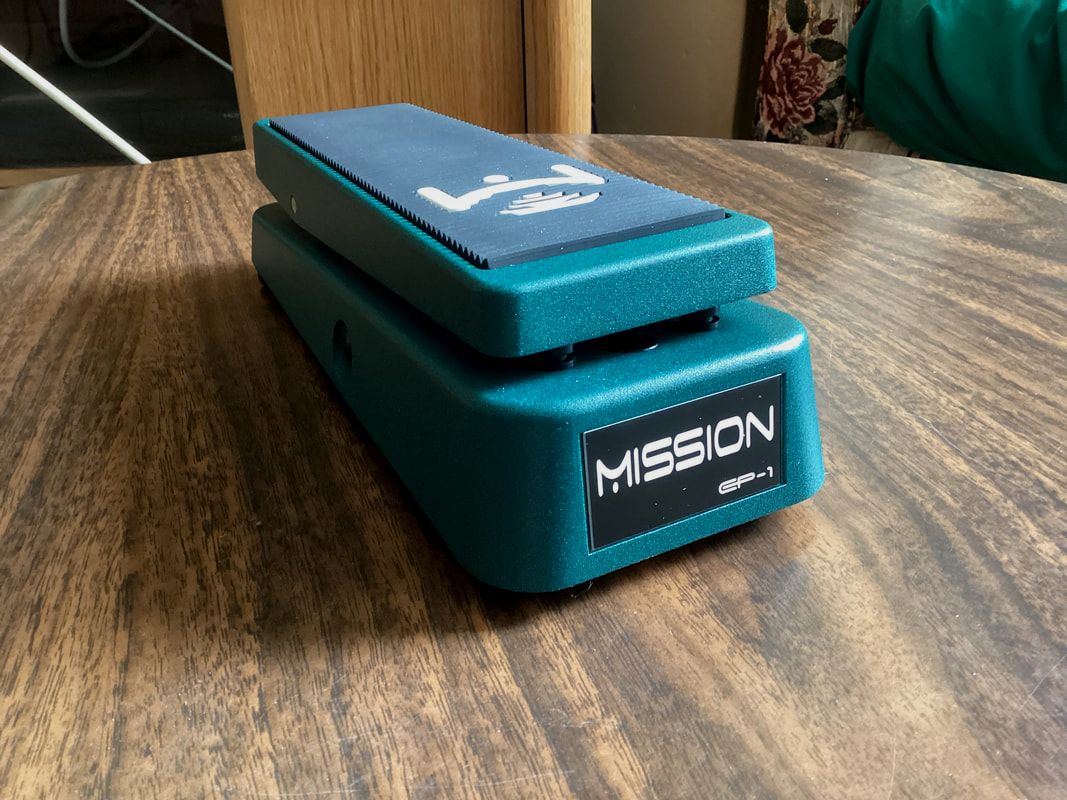


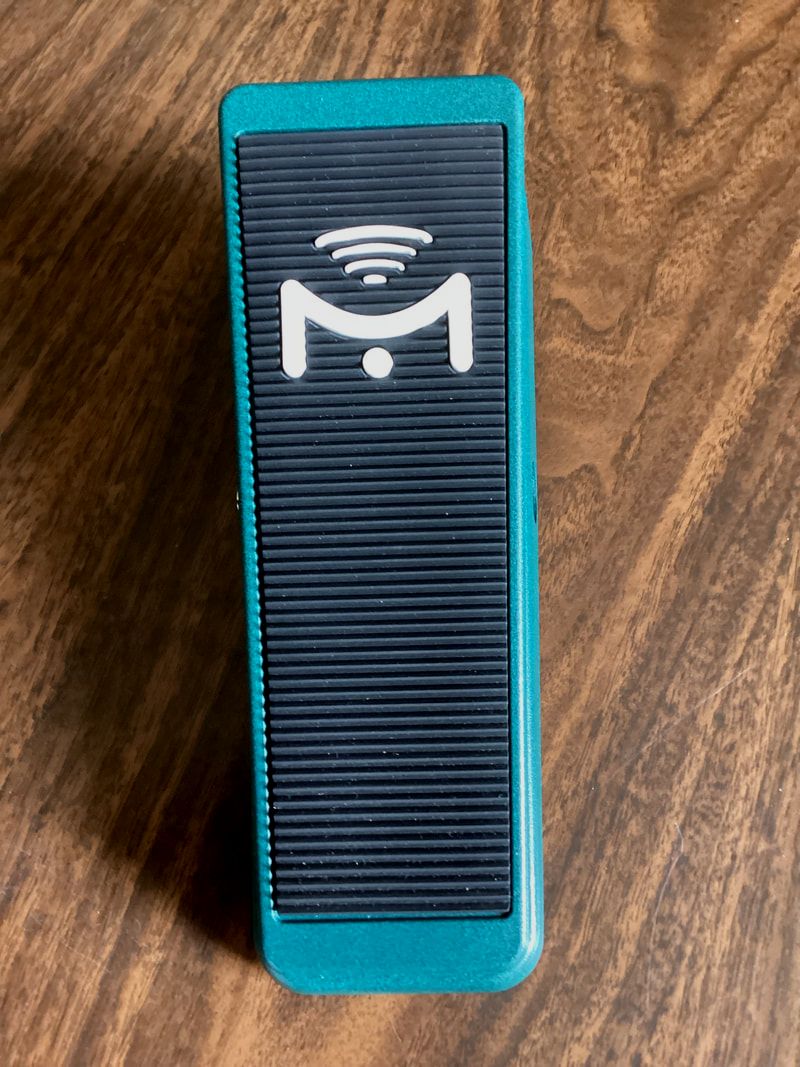
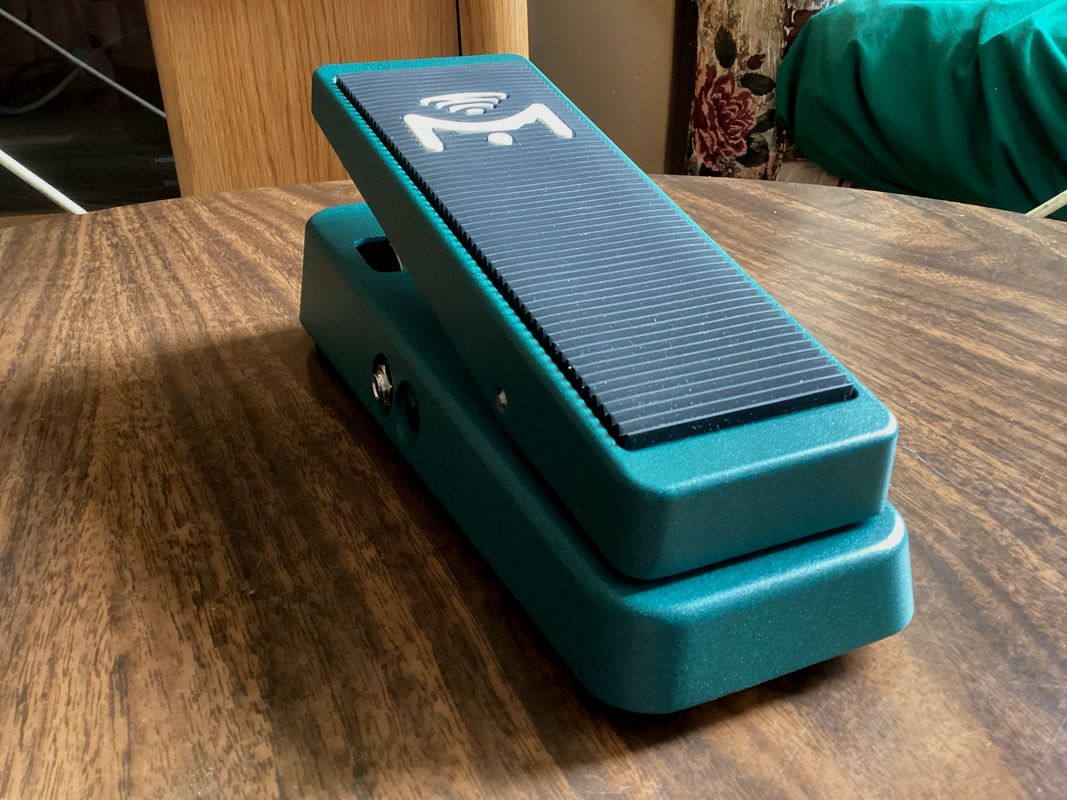
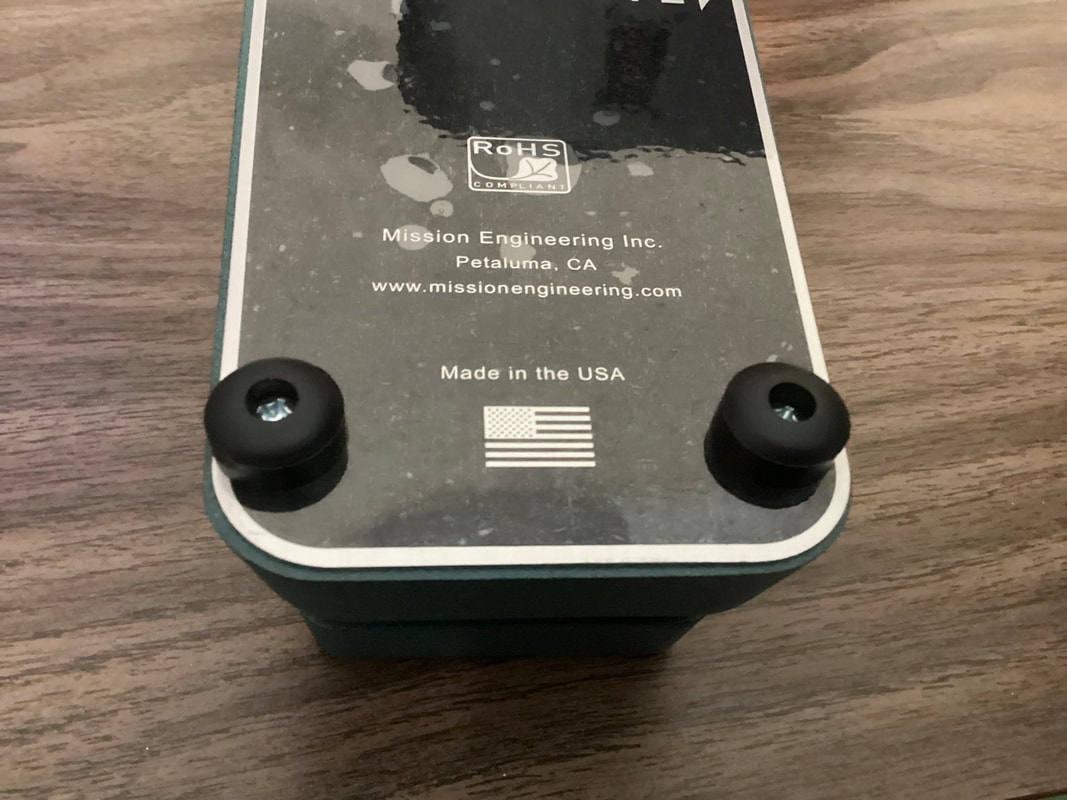
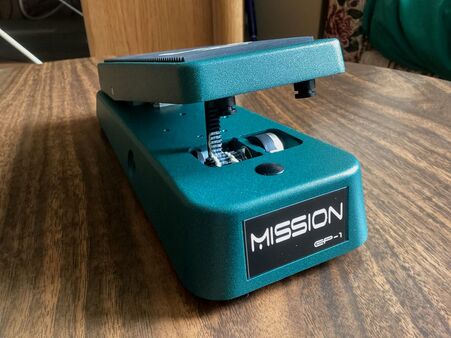
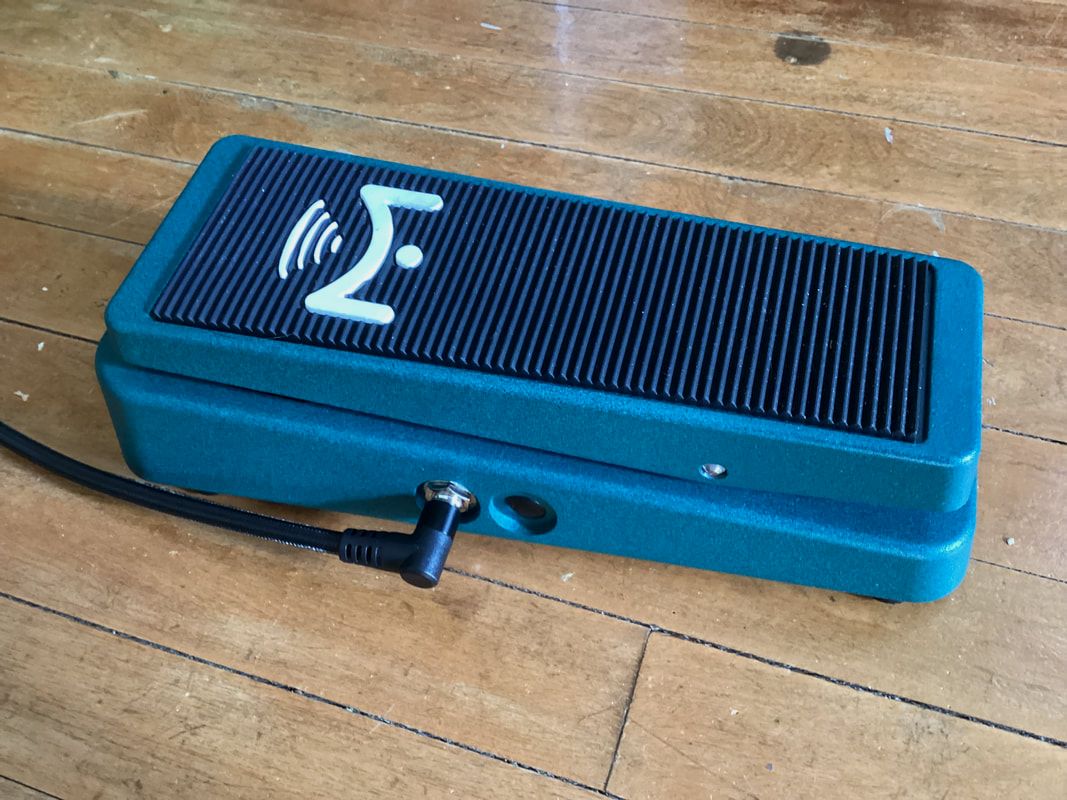
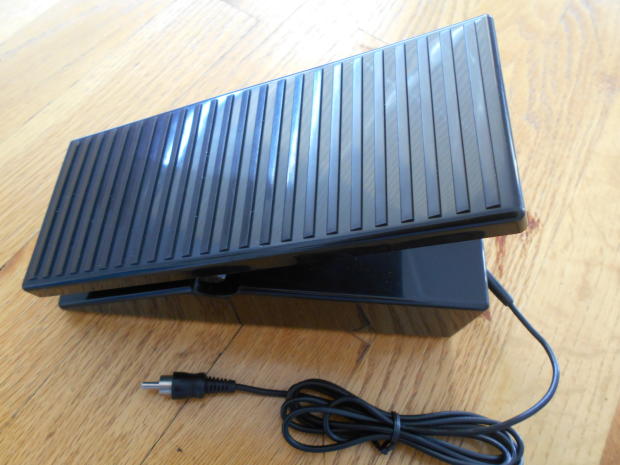

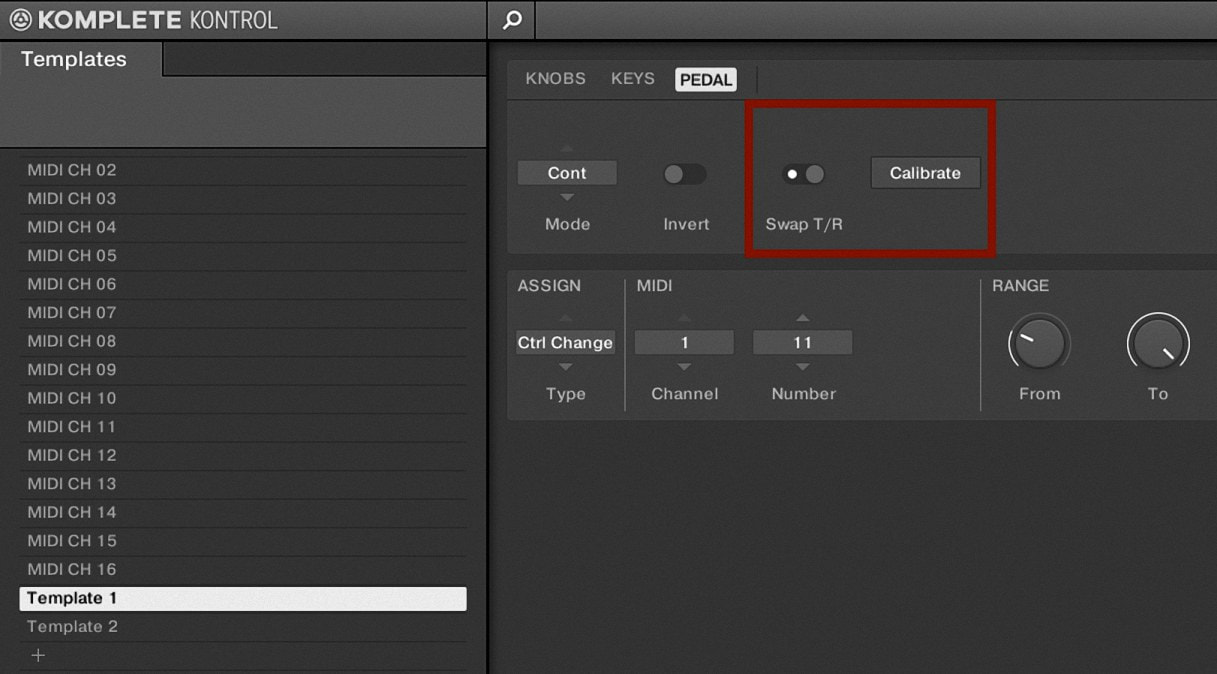
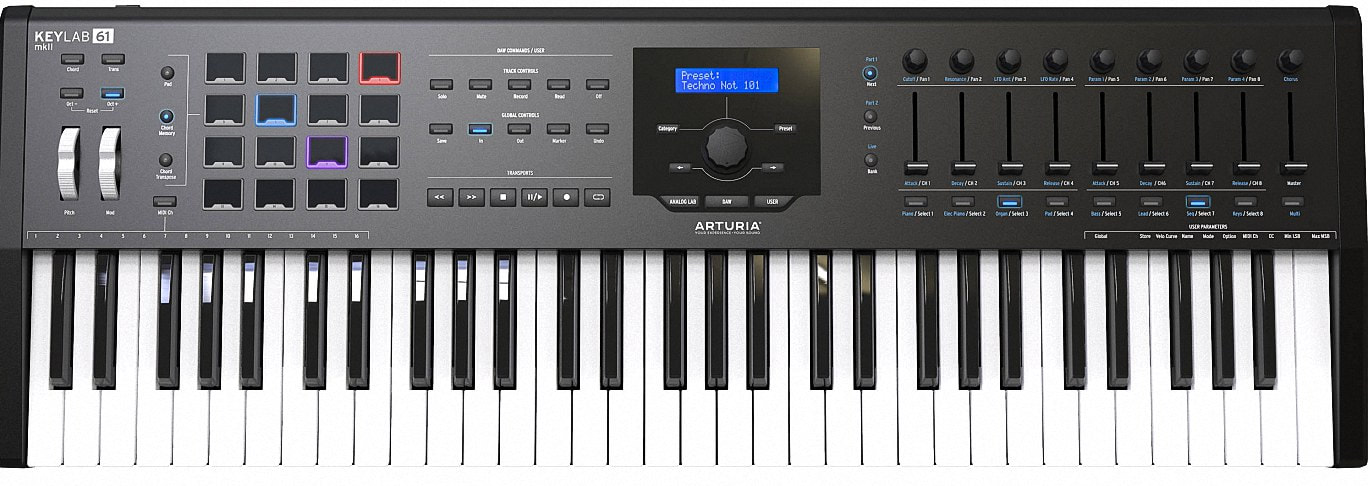

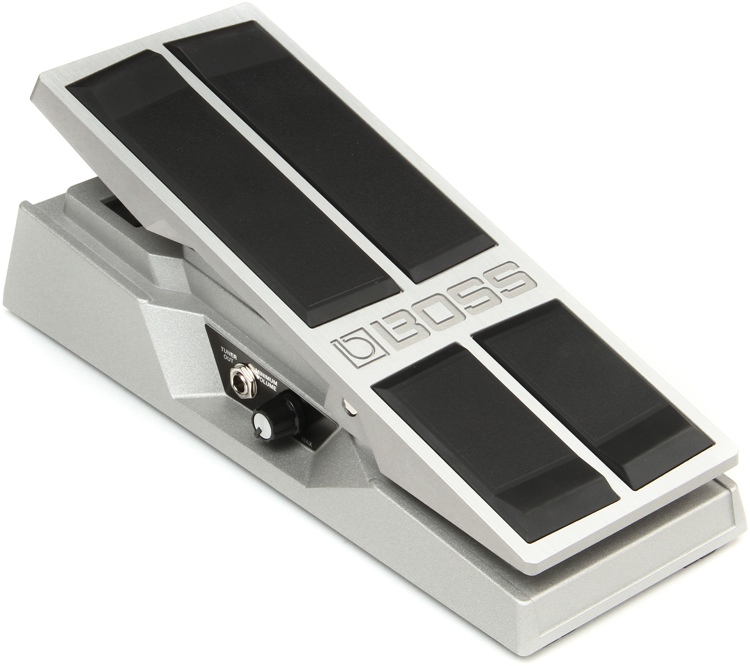




 15% OFF Summer Sale!
15% OFF Summer Sale!
 RSS Feed
RSS Feed

